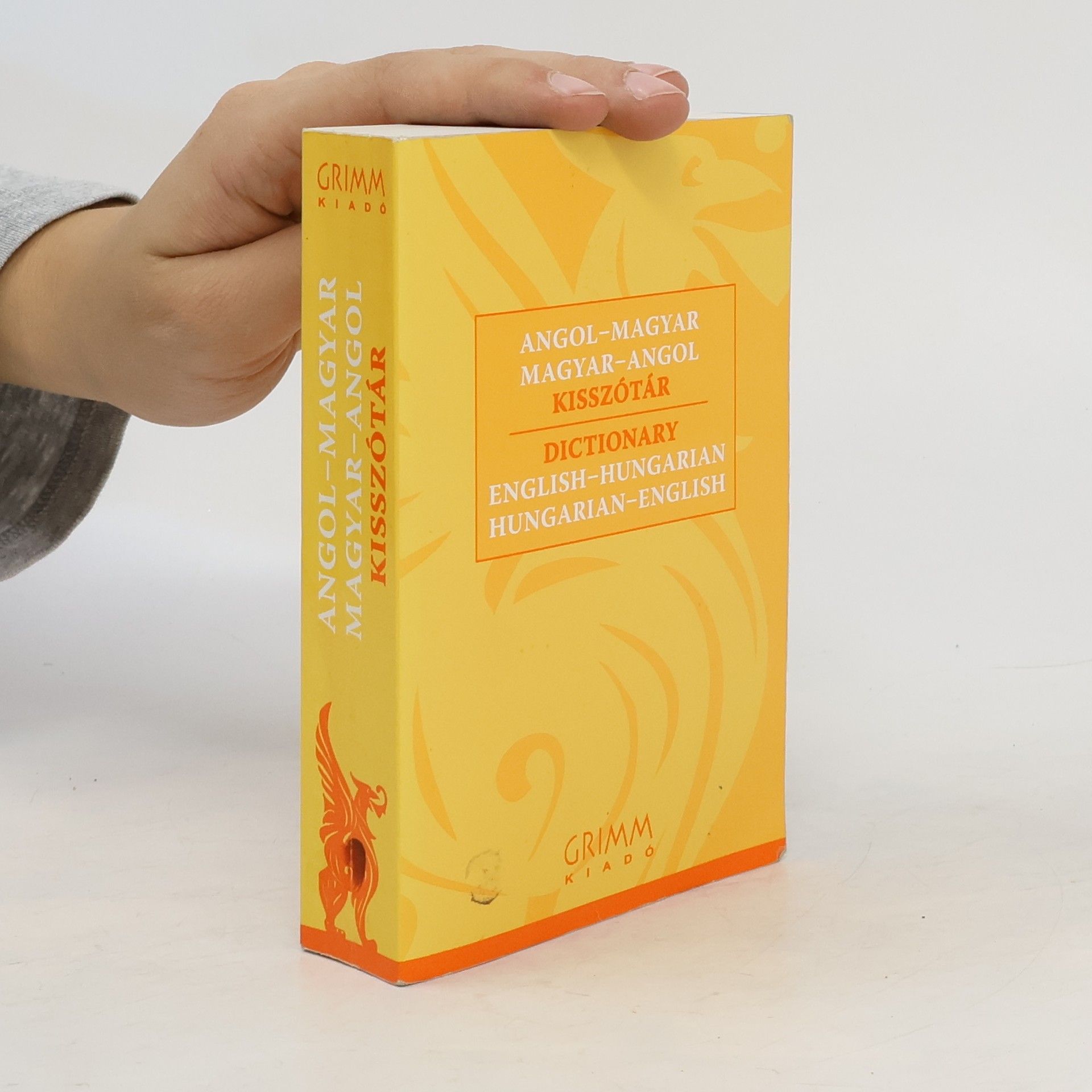Volume 16, Tome I
Kierkegaard's Literary Figures and Motifs: Agamemnon to Guadalquivir
- 328pages
- 12 heures de lecture
Kierkegaard's writings reveal a strong literary dimension, as he employs familiar literary figures and motifs to elucidate complex philosophical and religious concepts. This unique approach not only enhances the accessibility of his ideas but also showcases his dual identity as both a philosopher and a literary figure, inviting readers to engage with his thought on multiple levels. The interplay between literature and philosophy enriches his work, making it resonate with a broader audience.

